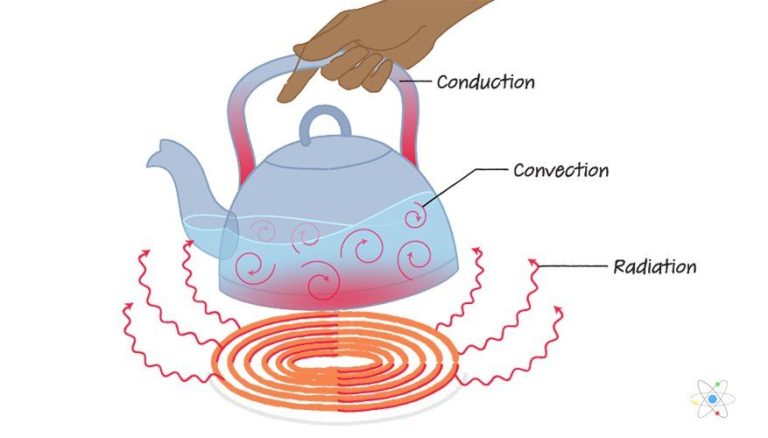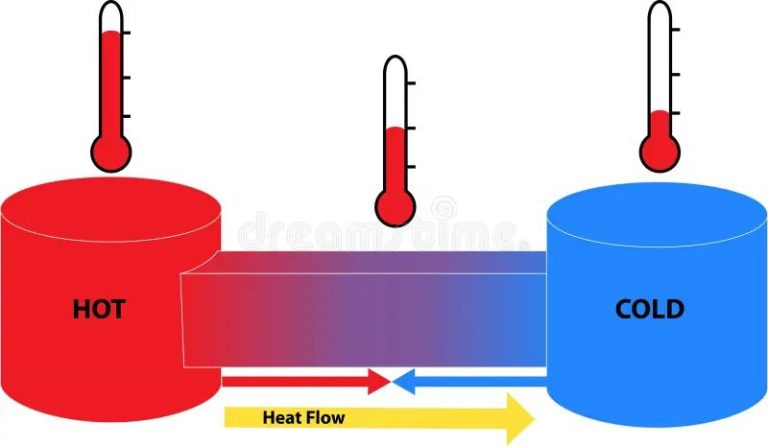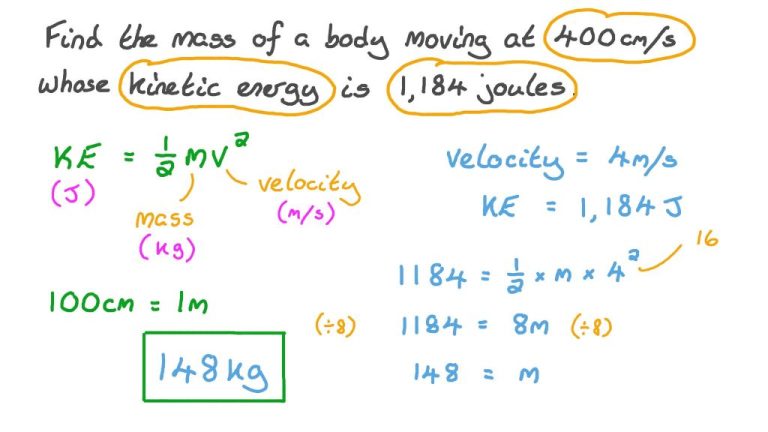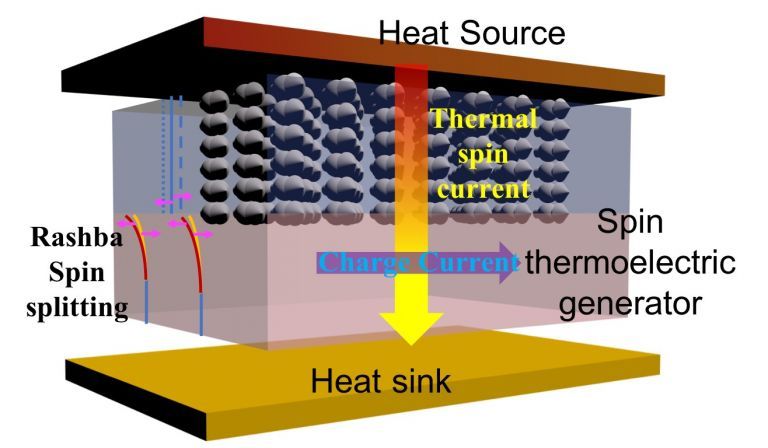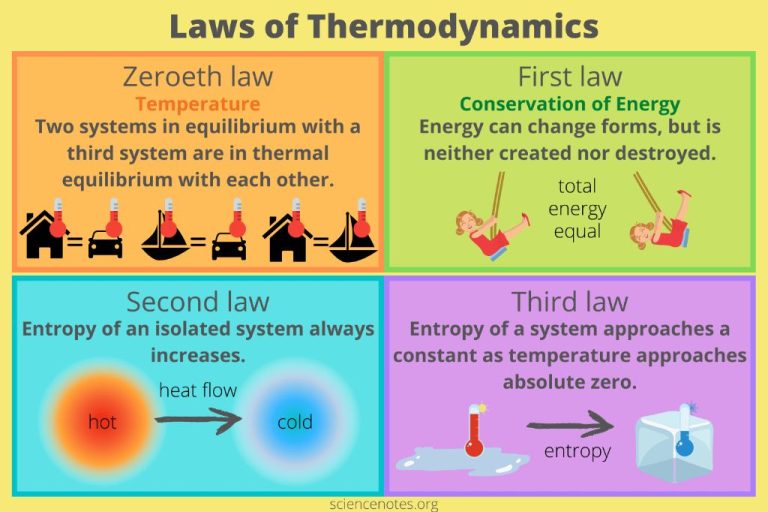Why Is Thermal Energy Interesting?
Thermal energy refers to the internal energy present in matter as a result of its temperature. It is essentially the energy that comes from the kinetic motion of atoms and molecules in matter. The higher the temperature of matter, the greater the thermal energy it possesses. When two objects at different temperatures come in contact, thermal energy will transfer from the warmer object to the cooler one until they reach the same temperature. The transfer of thermal energy is key to many essential processes that occur around us, from Earth’s climate system to cooking food.
In this article, we will explore what makes thermal energy so interesting and important. We will look at the role it plays in our everyday lives, how it can be converted into different forms of energy, methods of storing it, and some key applications. Additionally, we will examine the impact of thermal energy on Earth’s climate and the possibilities for its future use. By the end, you will have a deeper understanding of this vital form of energy and why it is such a fascinating scientific topic.
Thermal Energy in Everyday Life
Thermal energy powers many of the appliances, vehicles, and industrial processes we use every day. Here are some examples:
Home Appliances
Many home appliances like refrigerators, air conditioners, water heaters, and clothes dryers use thermal energy to heat or cool things. Refrigerators move heat from inside the fridge to the outside to keep food cold. Air conditioners remove heat from indoor air to cool rooms. Water heaters use electricity or gas to heat water for bathing, cooking, and cleaning. Clothes dryers use thermal energy to evaporate moisture and dry wet clothes.
Transportation
Most transportation relies on converting thermal energy into mechanical energy. Gasoline and diesel engines in cars, trucks, buses, ships, and airplanes burn fuel to produce heat, which expands gases to push pistons and provide power. Even electric vehicles use thermal energy to heat cabins and battery packs.
Industry
Factories, refineries, and power plants use large amounts of thermal energy to drive industrial processes. Furnaces, boilers, and reactors heat materials to high temperatures for manufacturing, chemical reactions, and generating electricity. Thermal energy is essential for smelting metals, refining oil, producing chemicals, and many other industrial applications.
Converting Energy to Thermal Energy
Thermal energy, or heat, is often generated as a byproduct when other forms of energy are converted from one form to another. There are several ways that other types of energy can be converted into thermal energy:
Mechanical Energy: Friction is a primary way that mechanical energy gets converted to thermal energy. For example, when you rub your hands together, the friction between your palms converts your mechanical energy into heat. Similarly, brakes in a car get hot because the friction from the brake pads converts the car’s kinetic energy into thermal energy.
Chemical Energy: Exothermic chemical reactions release thermal energy. For example, combustion reactions like burning wood, gasoline, or natural gas convert the chemical energy stored in those fuels into heat. Our bodies also carry out metabolic reactions that convert chemical energy from food into thermal energy to maintain our body temperature.
Nuclear Energy: Nuclear power plants work because nuclear fission reactions release enormous amounts of thermal energy that can be used to heat water and spin turbines. The sun also works by nuclear fusion converting mass into thermal radiation.
Electrical Energy: When electric current passes through a resistor, some of the electrical energy gets converted into heat. This is why electronics like computers produce heat – their internal components have electrical resistance. Electric heaters and stoves also deliberately convert electricity into thermal energy.
Converting Thermal Energy to Other Types
Thermal energy can be converted into other useful forms of energy like mechanical energy and electrical energy. This conversion allows us to utilize thermal energy to power various machines and devices. One of the most common ways to convert thermal energy is through a heat engine.
In a heat engine, thermal energy is used to convert water into steam, which then pushes on a piston to generate mechanical power. This mechanical power can then be used to turn the wheels of a car, run a generator to produce electricity, or power various machines in a factory. So the burning of fuels like coal, natural gas, or biomass in a thermal power plant produces high-pressure steam that drives a turbine attached to an electrical generator to generate electricity.
Another way thermal energy can be converted into electricity is through thermoelectric generators. These devices use semiconductors to directly convert a temperature difference into electrical voltage and current. For example, radioisotope thermoelectric generators have been used to power spacecraft by capturing the heat released from the decay of radioactive elements. On a smaller scale, thermoelectric generators can also capture waste heat from industrial processes and convert it into usable electricity.
Overall, the ability to convert thermal energy into mechanical or electrical energy allows us to utilize this ubiquitous form of energy to meet a wide variety of power needs in our modern society. Thermal energy can often be an intermediate step to transform other energy sources like chemical energy or nuclear energy into more usable forms of power.
Thermal Energy Transfer
Thermal energy transfer refers to the ways heat can move between objects or locations. There are three main mechanisms of thermal energy transfer: conduction, convection, and radiation.
Conduction is the transfer of heat between objects or substances that are in direct contact with each other. It occurs when faster moving hot molecules collide with slower moving cold molecules, transferring kinetic energy. Metals are good conductors of thermal energy.
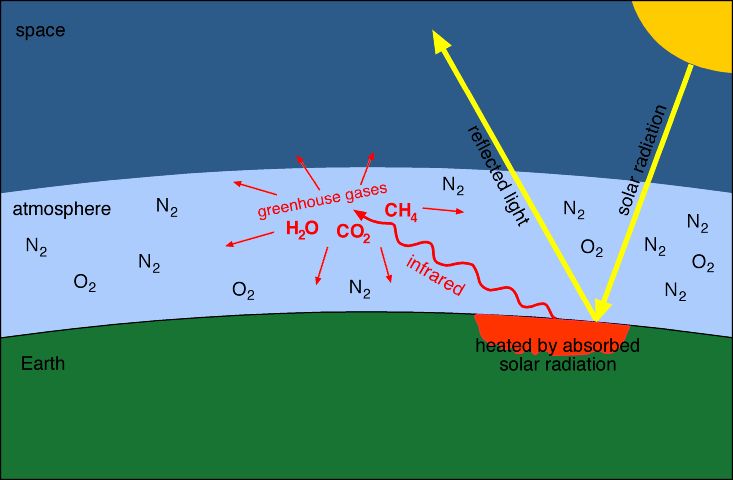
Convection is the transfer of heat by the movement of heated fluid or gas. As the fluid moves and circulates it carries thermal energy along with it. Examples of convection include hot air rising, ocean currents, and the movement of magma in the Earth’s mantle.
Radiation is the transfer of heat in the form of electromagnetic waves or photons. All objects emit thermal radiation related to their temperature. Radiant heat can travel through empty space and does not require direct contact between source and destination. The warmth of the sun reaching Earth is an example of radiant heat transfer.
Understanding the mechanisms of conduction, convection, and radiation allows us to better manage and utilize thermal energy transfer in many applications.
Thermal Energy Storage
Thermal energy storage allows heat or cold to be captured and stored for later use. There are several methods for storing thermal energy:
- Molten salt storage – Molten salt is used to store thermal energy from concentrated solar power plants. The salt is heated to over 500°C during the day when the sun is shining. The heat is then stored and can be used to generate electricity at night.
- Water storage – Water can also be used to store thermal energy. The water is heated by excess energy or when electricity prices are low and then can provide heating or cooling later when needed.
- Stone or brick storage – Stones, bricks or concrete can absorb thermal energy for storage. The high heat capacity of these materials allows them to store large amounts of heat. The stored heat can then be used for space heating.
- Phase change materials – These are materials like waxes or salts that melt and solidify at certain temperatures. They can absorb and release heat as they change phase between solid and liquid. This allows thermal energy to be stored in a compact way.
Thermal energy storage provides a way to capture heat or cold for use hours, days or months later. This helps improve efficiency and allows excess thermal energy to be put to use rather than wasted.
Applications of Thermal Energy
Some of the most important applications of thermal energy are in power generation, heating, transportation, and industrial processes.
Use in Power Generation
Most of the electricity in the world is generated using thermal energy. Fossil fuels like coal, oil, and natural gas are burned to heat water and produce steam that spins turbines connected to generators. Nuclear power plants also rely on thermal energy from nuclear fission to convert water into steam. Geothermal power plants use naturally occurring hot water and steam from below the earth’s surface. Even solar thermal plants focus sunlight to heat fluid and produce steam to drive turbines.
Heating
Heating homes, offices, schools, hospitals, and other buildings accounts for a large portion of global energy consumption. Most building heating systems burn oil, natural gas, or biomass fuels like wood to provide thermal energy for heat. Electric heaters and heat pumps use electricity to warm indoor spaces, while geothermal systems tap into underground warmth.
Transportation
Cars, trucks, trains, ships, and airplanes convert thermal energy from burning gasoline, diesel, or jet fuel into mechanical power to propel them. Newer electric vehicles use batteries powered by electricity from thermal power plants. Hydrogen fuel cells also convert chemical energy to thermal energy and electricity to move EVs.
Industrial Processes
Factories, refineries, smelters, and other industrial facilities consume vast amounts of thermal energy from burning fuels. Heat is used for chemical reactions, smelting metals, drying materials, producing steam for processing, and other manufacturing needs. Controlling these thermal processes is key to productivity and quality.
Thermal Energy and Climate
Thermal energy plays an important role in Earth’s climate system and global warming. The greenhouse effect is driven by thermal energy being absorbed by greenhouse gases like carbon dioxide and methane. These gases absorb infrared radiation emitted by the Earth’s surface and atmosphere, causing additional heating of the surface and lower atmosphere. Without the natural greenhouse effect, Earth’s average temperature would be below freezing.
However, human activities like fossil fuel combustion and deforestation have increased the concentrations of greenhouse gases in the atmosphere. This enhancement of the greenhouse effect is causing global warming and climate change. More thermal energy is being trapped rather than escaping into space. According to the Intergovernmental Panel on Climate Change (IPCC), global temperatures have already risen by 1.5°F since 1880 and are projected to increase by another 0.5 to 8°F over the 21st century, depending on future emission scenarios.
Rising global temperatures are disrupting climate patterns worldwide, leading to more extreme weather, melting glaciers and sea ice, rising seas, and ocean acidification. Urgent action is required to transition away from fossil fuels and reduce greenhouse gas emissions if we want to limit future warming and avoid catastrophic climate change impacts.
Understanding the role of thermal energy in climate change is critical for informing mitigation and adaptation strategies. Reducing greenhouse gas emissions can help restore Earth’s energy balance over time. The choices we make today regarding how we produce and consume energy will shape the planet’s climate for generations to come.
Future of Thermal Energy
Thermal energy technologies continue to advance and provide new opportunities for harnessing this useful form of energy in innovative ways. Some key areas of development include:
Solar Thermal Technology: Solar thermal systems convert sunlight into thermal energy that can heat water or spaces. Advances in solar thermal collectors, energy storage, and controls are making this a more efficient and cost-effective renewable energy solution. Concentrated solar power systems can even generate electricity.
Geothermal Energy: Accessing the natural heat within the earth through geothermal energy is growing. New techniques like enhanced geothermal systems allow for generating geothermal energy outside of natural hydrothermal resources. Co-production of geothermal electricity and heat is also being refined.
Waste Heat Recovery: Capturing waste heat from industrial processes, data centers, appliances, vehicles and other sources provides enormous potential. Improving waste heat recovery systems and technology is enabling more of this thermal energy to be productively used.
Thermal Storage: Storing thermal energy allows it to be used on demand and improves system efficiencies. Phase change materials, thermochemical and advanced thermal energy storage techniques are providing new options for effectively capturing and releasing thermal energy.
Leveraging these and other innovations in thermal energy will help us make the most of this versatile energy form while supporting sustainability goals.
Conclusion
In summary, thermal energy is an important and useful form of energy that plays a role in our everyday lives. We utilize thermal energy for heating and cooling, energy conversion, electricity generation, and more. Key topics we covered included:
– Thermal energy’s presence in everyday life through heating/cooling systems, cooking, and internal combustion engines.
– How thermal energy can be generated by converting other forms of energy such as chemical, electrical, nuclear, and motion.
– How thermal energy can also be converted into mechanical energy and electricity through heat engines and generators.
– The different mechanisms of thermal energy transfer like conduction, convection and radiation.
– Thermal energy storage systems like molten salt and water heat storage.
– Applications of thermal energy in power generation, space heating, industrial processes, transportation and more.
– The role of thermal energy in Earth’s climate system and global warming.
Overall, thermal energy is a versatile and useful form of energy that empowers many key technologies and systems that society depends on. Understanding thermal energy is crucial to efficiently utilizing it and developing improved energy solutions for the future.

